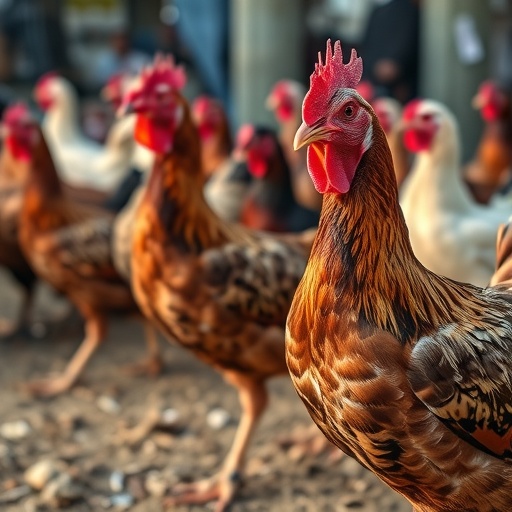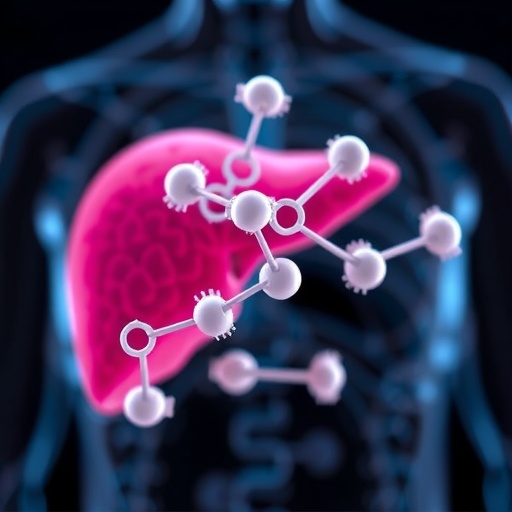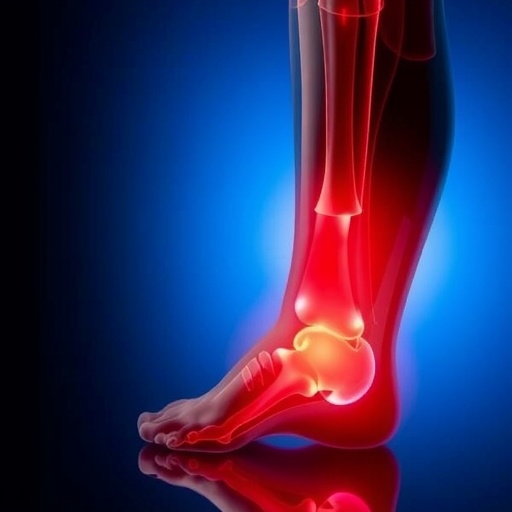H5N1’s resurgence and widespread circulation have been marked by unsettling developments. From the infection of nearly one thousand dairy cow herds to over seventy documented human cases—including the first confirmed fatality on U.S. soil—the virus’s zoonotic reach is broader and more complex than previously understood. The U.S. poultry sector, integral to national agriculture and food security, faces unprecedented hazards, especially in regions characterized by dense farming operations where protective measures may be insufficient. The dissemination of H5N1 across all 50 states and into Canadian territories has resulted in the culling or loss of more than 168 million poultry since 2022, reflecting the considerable economic and epidemiological impact of this outbreak.
One central concern in the scientific discourse is the virus’s capacity for genetic change. Mutations and reassortments—mechanisms by which the virus can combine genetic material from different influenza strains—pose unpredictable risks. Such events could increase the likelihood of the virus acquiring efficient human-to-human transmissibility, a hallmark of pandemic potential. This evolving genetic landscape necessitates sophisticated genomic surveillance techniques that can rapidly detect and characterize viral variants, enabling timely public health interventions. Dr. Sten H. Vermund, dean of the USF Health College of Public Health and GVN’s chief medical officer, stresses the criticality of understanding infection dynamics in both animals and humans to mount effective defenses against H5N1.
Marion Koopmans, an authority in emerging infectious diseases and director at Erasmus Medical Center, emphasizes the importance of genomic data sharing within the global virology community. Accelerated dissemination of sequencing information, coupled with the prompt reporting of atypical field observations, forms the backbone of real-time surveillance frameworks. These collaborative approaches facilitate tracking of viral evolution and spatial transmission patterns, which are indispensable for forecasting outbreaks and implementing control strategies before widespread dissemination occurs.
The GVN’s analysis draws from lessons learned during the SARS-CoV-2 pandemic, advocating for comprehensive preparedness that transcends traditional response paradigms. Their recommended framework integrates continuous surveillance across animal reservoirs—extending to the testing of bovine milk, wastewater, and personnel in close contact with infected livestock—and rapid genomic sequencing capabilities. These measures seek to monitor viral evolution meticulously, particularly mutations that may herald enhanced pathogenicity or transmissibility.
Equally vital are the biosecurity enhancements proposed for agricultural environments. The consistent use of personal protective equipment (PPE) and rigorous sanitation protocols at farms are fundamental to minimizing viral exposure among workers and preventing intra- and interspecies transmission. Beyond occupational safeguards, educating the broader public about safe handling of poultry products and risks associated with contact with infected animals is critical for community-level resilience.
To complement surveillance and biosecurity, the GVN underscores the necessity of preparatory planning for diagnostic testing and vaccination efforts. Self-administered diagnostic kits for farm workers, supported by accessible healthcare for frontline responders, can facilitate early case detection and containment. Simultaneously, accelerated vaccine development pipelines for both animal and human applications are imperative, particularly targeting populations with the highest risk of exposure. This dual-focus strategy aligns with contemporary One Health principles, recognizing the interconnectedness of human, animal, and environmental health.
In anticipation of evolving viral threats, the GVN stresses the importance of pre-established clinical study frameworks that enable rapid assessment of emergent strains. Such preparedness allows for swift evaluation of vaccine efficacy, therapeutic interventions, and epidemiological modeling, thereby streamlining response times in the face of dynamic outbreak conditions. International cooperation and data-sharing agreements underpin these efforts, fostering a coordinated global stance against potential pandemics.
The involvement of renowned virologists, including Peter Palese and Ab Osterhaus—both leaders in influenza research and members of prestigious National Academies—fortifies the credibility and urgency of the call to action. They highlight the necessity of interrupting transmission chains in mammalian hosts, including cattle, and emphasize that current monitoring efforts at the animal-human interface are inadequate to guide effective prevention and containment strategies.
GVN also voices concern over the limited scope and coverage of existing surveillance initiatives, which may result in underestimation of the virus’s actual prevalence and risk profile. Dr. Elyse Stachler advocates for robust nationwide monitoring systems capable of promptly detecting infected animals, instituting quarantines, and orchestrating preventive measures to mitigate onward transmission. Such systems must be community-driven, fostering stakeholder trust, particularly among farm workers, whose cooperation is essential for sustained and successful implementation.
The overarching consensus among GVN experts is that heightened vigilance, continuous scientific inquiry, and multidisciplinary collaboration are vital to counter the looming threat posed by H5N1. This multi-pronged approach, combining advanced molecular techniques, epidemiological surveillance, proactive preparedness, and public education, is paramount in forestalling the evolution of a new influenza pandemic. As the virus continues to circulate broadly within diverse host species, timely, transparent, and coordinated efforts remain humanity’s best defense.
Through its global network, the GVN remains at the forefront of efforts to enhance viral detection, understand transmission dynamics, and foster innovative solutions to emerging infectious diseases. Their comprehensive call to action represents a pivotal moment in advancing pandemic preparedness not just for H5N1, but for a broad spectrum of viral threats that may jeopardize global health security in the years ahead.
Subject of Research: Not applicable
Article Title: Enhancing the response to avian influenza in the US and globally
News Publication Date: 28-Apr-2025
Web References:
Global Virus Network: https://gvn.org/
The Lancet Regional Health – Americas article: https://www.sciencedirect.com/science/article/pii/S2667-193X(25)00110-3
Keywords: Infectious disease transmission, Pandemic influenza
Tags: avian influenza in North Americabiosecurity protocols for agricultureglobal surveillance measuresGlobal Virus NetworkH5N1 avian influenza outbreakhuman-to-human transmission riskimpact on poultry industrypreparedness for viral outbreaksthreats to food securityurgent call to actionvirologists coalition responsezoonotic disease transmission





